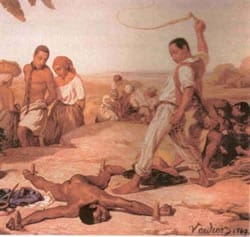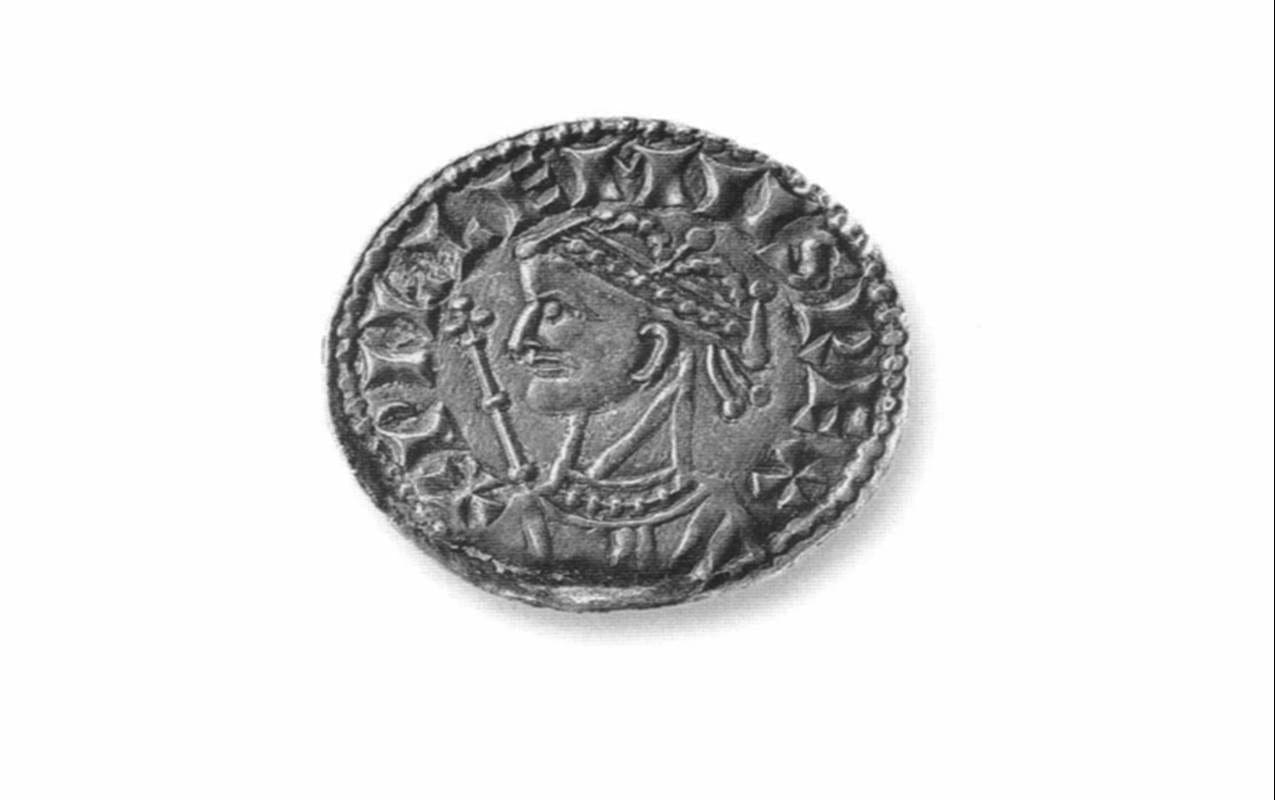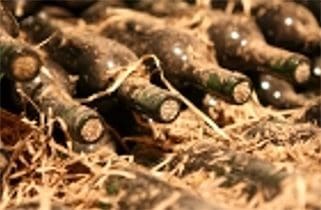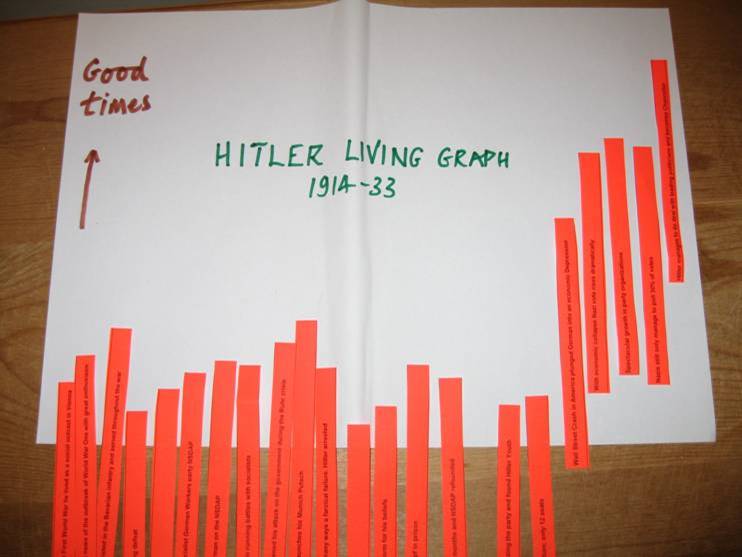
This enquiry-led lesson really does make pupils think as historians. Not only are they introduced to authentic slave punishment records, they also have to test and then raise hypotheses of their own. They have to consider whether individual slave owners were kinder than normal by reference to comparative data, placing individuals on a kind-harsh spectrum. I am grateful to Simon Harrison, now Deputy Headteacher at Swanmore Technology College, near Southampton, on whose original lesson this version is based.
I would also like to thank the Wilberforce Museum in Hull for making the original documents available to me. Work is in progress to create a database to take this enquiry further. For details see end of lesson.
Learning objectives
- pupils learn to read original punishment records and to raise historical questions from raw data
- they make comparative judgements based on contextual information
- they test and then generate hypotheses of their own
Step 1
The lesson starts with a slow reveal of a well-known painting which sets the scene. Pupils have to deduce what they can about the expressions on the faces of people in the painting, before going on to ask questions such as: Did black men really whip slaves?
Step 2
Pupils are then given an enlarged A3 copy of the slave punishment records (downloadable resource) for a plantation on a West Indian island for the first six months of 1828. They spend a few minutes getting their bearings and working out what the headings mean for each column. They will need to know that stripes mean lashes and that plantain is an edible root crop. They normally find these records intriguing so don’t rush them on too quickly, unless they are growing restless.
Step 3
At the appropriate point, introduce the pupils to the first hypothesis: Was whipping the most common punishment on the plantation? This makes them use a number of columns initially but is not too difficult. Pupils are usually pretty discerning in their use of this data and are quick to point out that punishments varied for men and women.
Step 4
Now give pupils the second hypothesis, namely that slaves were punished frequently. This makes them look at all columns. The third hypothesis asks them to consider whether some offences were taken more seriously than others. Pupils are interested in this question, often going on to ask whether the punishments really did have any deterrent effect as Murrant and Ned both tried to run away again, Murrant within two months of the first punishment.
Step 5
It is now time for pupils to generate their own hypothesis. Don’t worry if they are not very elegant; it is a difficult skill. It needs time to develop. Some can be quite simple such as where and when punishments happened or who carried them out. The point is that they feel that they are writing sentences such as those that appear in textbooks and get a feel for the process, however limited.
Step 6
When you have fielded a few, discuss how they would set about testing the hypothesis.
Step 7
It is now time to return to William King as a character. The pupils are asked whether William King was a kind slave owner. This deliberately sets the cat among the pigeons. The pupils are shown an extreme case of Thomas Thistlewood by means of a very graphic quotation. Clearly he is very cruel. Pupils record this by being given two cards with the names Thomas Thistlewood and William King written on them and a spectrum template showing very cruel as one extreme and very kind at the other. There is no doubt where Thistlewood deserves to be placed, but what about King? The next stage introduces pupils to new pieces of information on the PowerPoint presentation.
Step 8
As these are revealed, one by one, the pupils have to physically move the card with William King’s name on along the spectrum in response to what they hear. The statements are along the lines of What if I tell you that in 1828 (the year the punishment records used were recorded) whipping was outlawed? Many pupils will realise that some statements are more significant than others. Indeed some may be dismissed by pupils as having no bearing. After they have heard the last clue, and moved the William King card for the last time, discuss their verdicts. So how kind do they think William King was? Where did he end up on the spectrum? One girl working on this enquiry was obviously thinking deeply about this when she said to me on leaving the classroom, Sir it all depends when in 1828 the Act came into force, because the records we have are for just the first 6 months so he might not have been breaking the law! A really good example of Y8 historical thinking.
Taking the enquiry further
For those of you who would like to add an ICT dimension to your study of Black people and slavery I may have just the answer. Simon developed the above enquiry using additional records kindly provided by the Wilberforce Museum in Hull. He has created a database using Microsoft Access. If any of you would like to view this prior to it appearing on the site, then please make contact.
Resources
![]() Dread of the lash enquiry presentation
Dread of the lash enquiry presentation![]() Extract of slave punishment records for 1828
Extract of slave punishment records for 1828![]() Template for spectrum activity
Template for spectrum activity
Credits
© I am grateful to the Wilberforce Museum in Hull for granting permission to use the slave plantation records.
© Permission pending to use the Marcel Verbier print, The Lash








